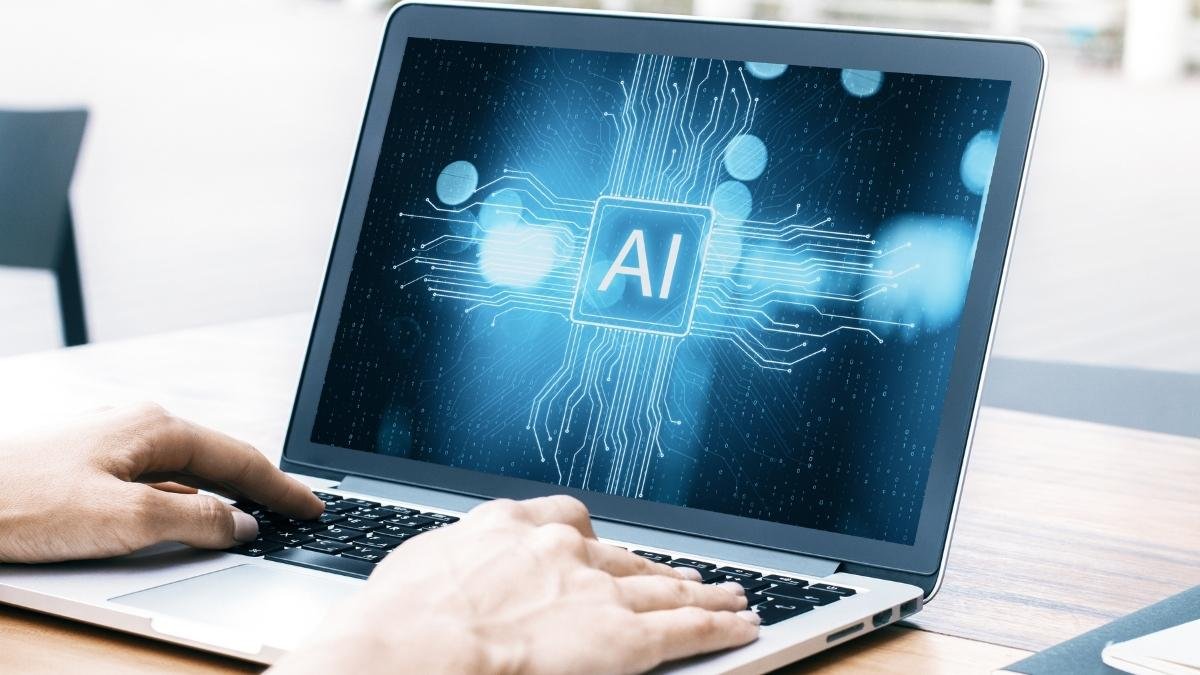
Ever feel like AI tools are supposed to make your life easier, but instead you’re drowning in a sea of ChatGPT tabs, Notion AI suggestions, and Grammarly corrections? You’re not alone.
It’s 9 AM on a Monday. You’ve got ChatGPT open for brainstorming, Claude helping with research, Grammarly checking your writing, and three different AI scheduling tools trying to organize your calendar.
Sound familiar?
If you’re nodding your head right now, welcome to the club nobody wanted to join: AI overload survivors.
Here’s the thing that’ll blow your mind: 61% of Americans have used AI in the past six months, but only 3% pay for premium services. That’s like having a gym membership and never showing up – except in this case, the “workout” is making us more tired instead of stronger.
Your Brain on AI: The Science That’ll Make You Think Twice
Let’s talk about what’s happening upstairs when you’re constantly switching between AI tools.
MIT researchers just dropped a bombshell. They hooked people up to EEG machines (you know, those brain-scanning devices) and watched what happened when folks used ChatGPT for four months straight.
The results? Yikes.
People using ChatGPT showed up to 55% less brain connectivity than those flying solo with just their brains. Even worse? 83% of AI users couldn’t remember passages they’d just written.
Think about that for a second. You’re outsourcing your memory to a machine.
Dr. Nataliya Kosmyna, who led the study, put it perfectly: “Your brain does need to develop in a more analog way.”
The “Cognitive Debt” Problem
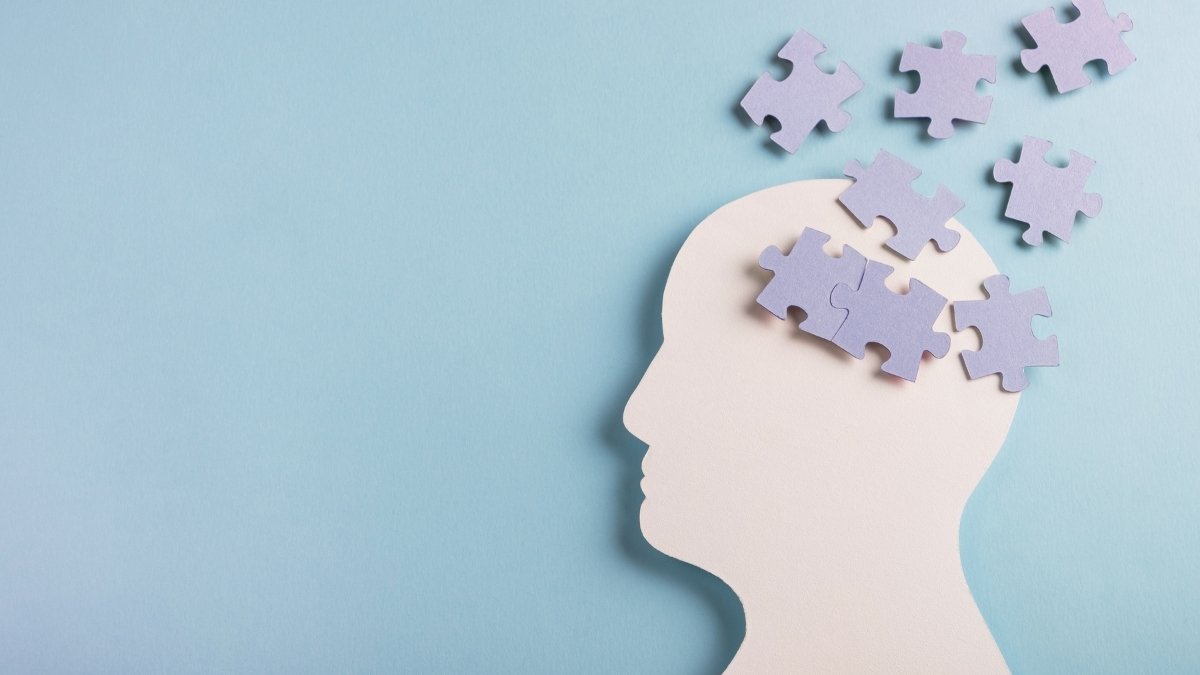
Here’s where it gets really interesting (and a little scary).
When you constantly rely on AI to think for you, you’re building up what researchers call “cognitive debt.” It’s like financial debt, but for your brain.
A study of 666 people found that heavy AI users scored 18% lower on critical thinking tests than those who used it sparingly. The younger the person, the bigger the problem.
So what’s happening here?
Your brain is saying, “Why should I work hard when this AI thing can do it for me?” It’s the mental equivalent of taking the elevator instead of the stairs – convenient in the moment, but your muscles (or in this case, your thinking muscles) get weaker over time.
When Your “Productivity Helper” Becomes a Productivity Killer

Let’s be real about something: AI was supposed to make us more productive, not more stressed.
But here’s what’s happening in workplaces across America:
- 77% of workers say AI tools increased their workload (not decreased it)
- Heavy AI users report 45% higher burnout rates than non-users
- Even experienced developers take 19% longer to complete tasks with AI help
Wait, what?
I know, I know. It sounds backwards. But think about your own experience for a minute.
The “Digital Babysitting” Trap
Ever spent an hour reviewing AI-generated content, fact-checking every claim, and fixing weird phrasings? Congratulations – you’ve become a digital babysitter.
One Amazon AI engineer told researchers he felt “overwhelmed handling all AI responsibilities at a 40-person company.” Google team members reported burnout from the constant pressure to keep up with AI developments.
The problem isn’t the AI itself – it’s that we’re treating these tools like magic solutions instead of what they really are: powerful but imperfect assistants that need supervision.
The Choice Paralysis Problem (Or: Why Having 1.2 Million AI Tools Isn’t Helpful)
+ AI tools add dozens more micro-decisions
Similar to Netflix menu paralysis, but for work tools
Quick question: How many AI tools do you currently have bookmarked, downloaded, or subscribed to?
If you’re like most people, the answer is “too many to count.”
There are over 1.2 million AI models available on platforms like HuggingFace. The average company uses over 90 different tools in its marketing stack alone.
Is it any wonder we’re overwhelmed?
The Psychology Behind the Madness

Researchers have a name for this: “choice overload.” It’s the same feeling you get when staring at a Netflix menu for 20 minutes, except now it’s happening with your work tools.
Every day, you’re making about 35,000 decisions. Add AI tools to the mix, and suddenly you’re also deciding:
- Which AI tool to use for this task
- Whether to trust the AI’s suggestion
- How much to edit the AI’s output
- When to override the AI completely
No wonder 52% of Americans are more concerned than excited about AI in their daily lives.
The Generational Divide: Why Gen Z Is Burning Out on AI Faster
Here’s something that surprised researchers: Gen Z users show the highest AI fatigue levels at 22%, despite having the highest adoption rates.
You’d think digital natives would handle AI tools better, right? Wrong.
Younger users actually experience more stress and overwhelm compared to older generations who adopt AI more selectively. It’s like being handed the keys to a Ferrari when you just learned to drive – too much, too fast.
The Trust Factor
Despite using AI tools constantly for school and work, Gen Z is least likely to trust AI for important decisions. They’re stuck in this weird middle ground: dependent on AI but skeptical of it.
Sound familiar?
What History Teaches Us About Tech Overwhelm (Spoiler: This Too Shall Pass)
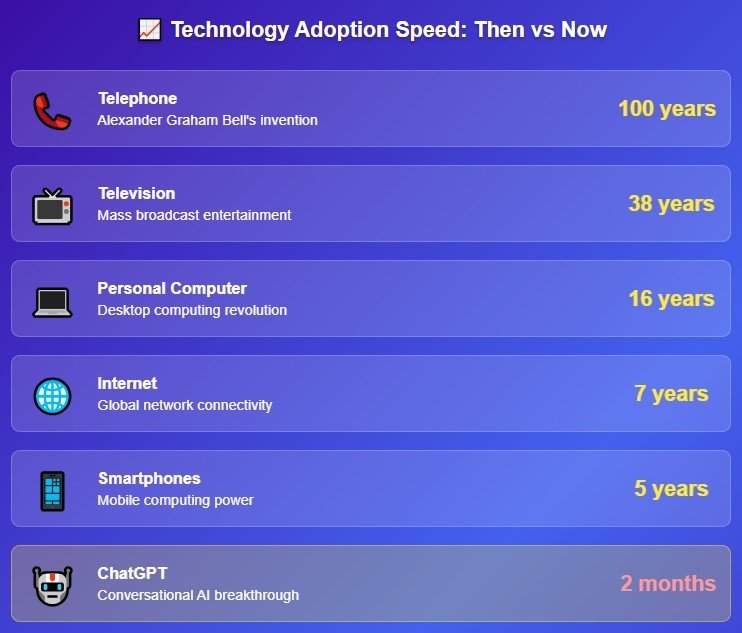
Before you throw your laptop out the window, let’s take a step back.
Every revolutionary technology has created this same pattern:
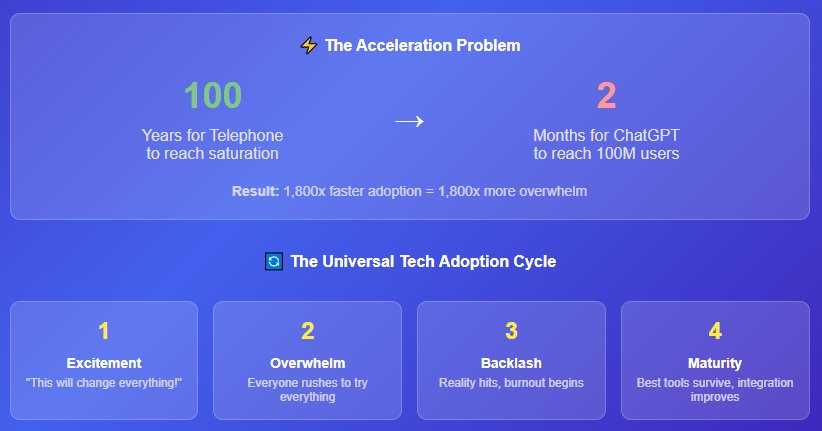
- Initial excitement (“This will change everything!”)
- Overwhelming adoption (Everyone rushes to try everything)
- Backlash and burnout (People realize it’s not magic)
- Consolidation and maturity (The best tools survive, the rest fade away)

The telephone took 100 years to reach most households. ChatGPT hit 100 million users in two months. The speed is unprecedented, which explains why the overwhelm feels so intense.
The Light at the End of the Tunnel
Here’s the good news: We’re already seeing consolidation happening.
Major companies like Microsoft, Google, and Salesforce are building unified AI ecosystems instead of forcing you to juggle 47 different tools. Market experts predict that by 2030, we’ll have seamless AI integration that feels helpful instead of overwhelming.
Translation: Relief is coming.
How to Use AI Without Losing Your Mind (The Practical Stuff)
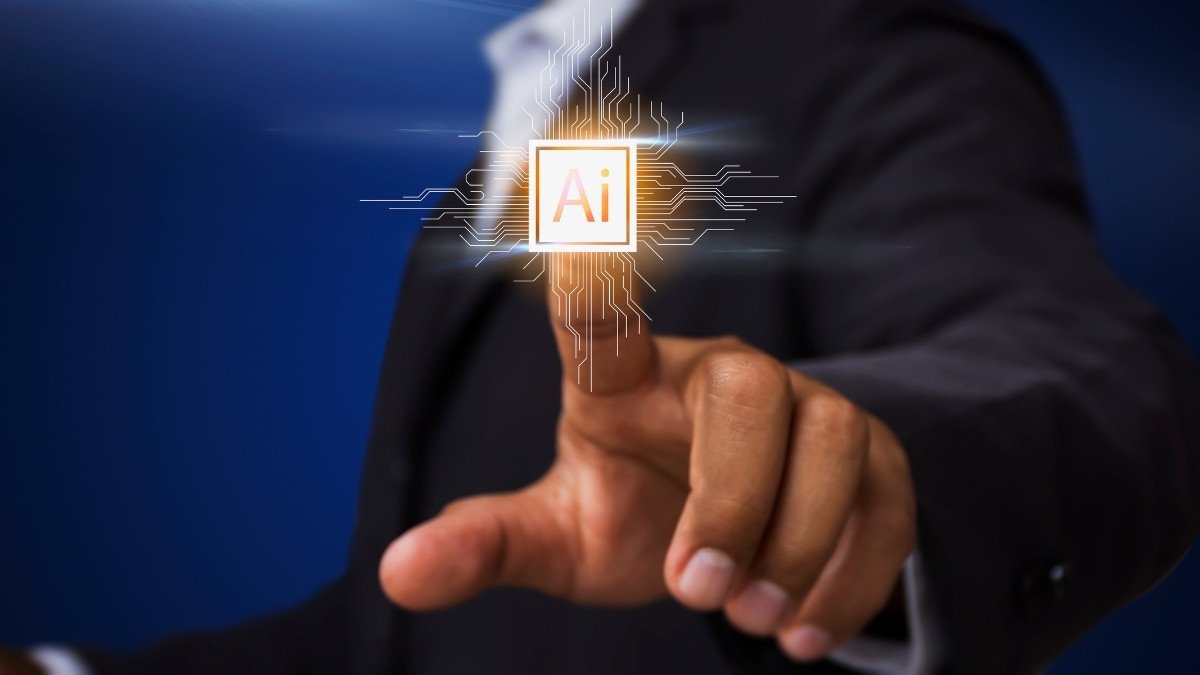
Alright, enough doom and gloom. Let’s talk solutions.
The “Rule of Three” for AI Tools
Here’s your first homework assignment: Pick three AI tools. Period.
I’m serious. Write them down:
That’s it. Delete the bookmarks for everything else. Unsubscribe from the newsletters about the “next big AI breakthrough.” Permit yourself to ignore the FOMO.
The Batch Processing Method
Instead of having AI tools running constantly in the background, set specific times for AI work:
- Morning power hour: Use AI for planning and brainstorming
- Afternoon review: Let AI help with editing and organizing
- Evening wrap-up: AI assistance for summarizing and next-day prep
This prevents the constant context-switching that’s frying your brain.
The “Trust but Verify” Approach
Never trust AI output blindly, but don’t become a paranoid fact-checker either.
Here’s a balanced approach:
- Use AI for first drafts and idea generation
- Always review for accuracy and tone
- Keep the final decision-making for yourself
- Set clear boundaries about what you will and won’t let AI handle
The Companies Getting It Right (And What You Can Learn From Them)
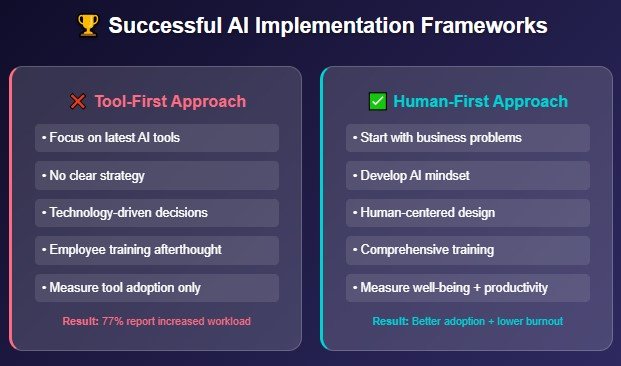
Some organizations have cracked the code on healthy AI integration.
Principal Financial Group’s approach is brilliant: Instead of training people on tools, they focus on developing an “AI mindset.” Their CIO, Kathy Kay, explains: “If you try to work the same way you’ve always worked while leveraging AI, you won’t see true benefits.”
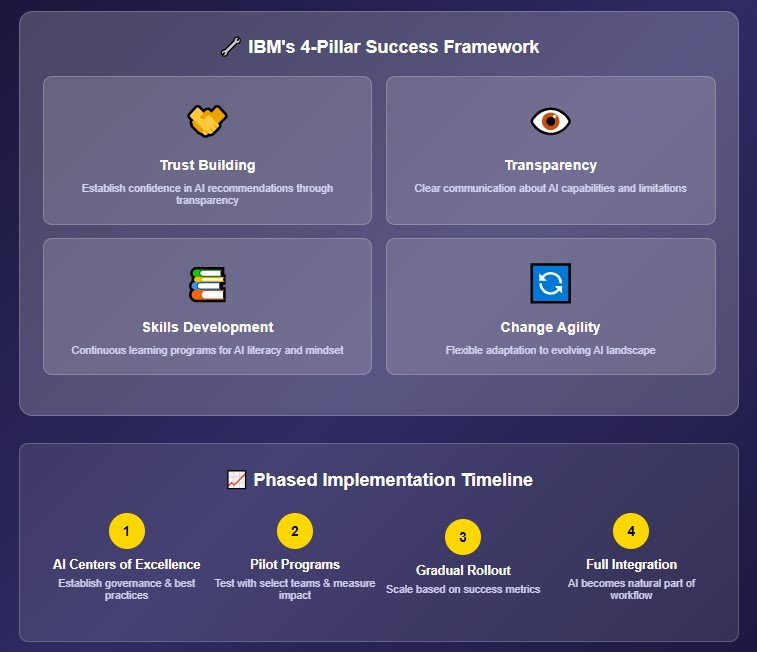
What This Means for You
Start with the problem, not the tool.
Before reaching for an AI solution, ask yourself:
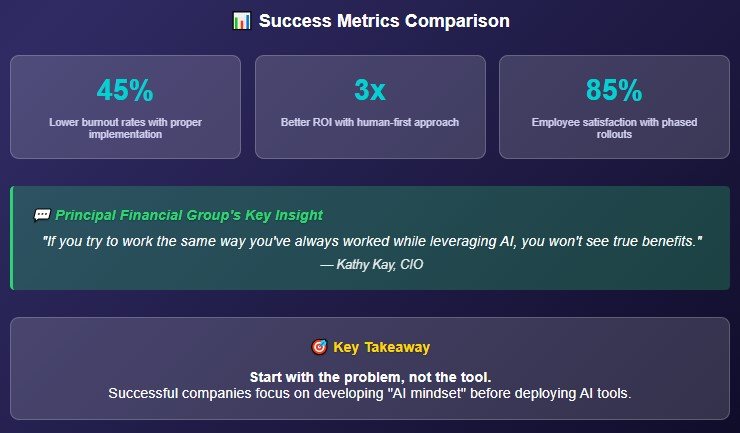
- What specific problem am I trying to solve?
- Do I need AI for this, or am I just using it because it’s there?
- What’s the simplest way to achieve my goal?
Sometimes the answer is AI. Sometimes it’s not. And that’s perfectly okay.
The Future of Human-AI Collaboration (Hint: It’s Not What You Think)

Here’s what experts predict for the next few years:
By 2030: AI will be so seamlessly integrated that you won’t consciously think about “using AI” – it’ll just be part of how things work, like how you don’t think about “using the internet” when you send an email.
The catch: This only works if we figure out healthy integration now, while the technology is still evolving.
The Mark Cuban Prediction
Entrepreneur Mark Cuban made a fascinating prediction: Within three years, AI’s ubiquity will actually drive people toward more face-to-face interaction for important business and personal connections.
Think about it: When everything becomes automated, human connection becomes more valuable, not less.
Your Action Plan: How to Reclaim Control Today
Ready to break free from AI overload? Here’s your step-by-step plan:
Week 1: The Great AI Audit
- List every AI tool you currently use or have access to
- Rate each one on a scale of 1-10 for actual usefulness (be honest)
- Keep only the top 3 that score 8 or higher
Week 2: Set Boundaries
- Turn off all AI notifications except for your chosen three tools
- Schedule specific AI time blocks instead of constant access
- Create “AI-free zones” in your day for pure human thinking
Week 3: Develop Your AI Philosophy
- Write down what you will and won’t use AI for
- Set quality standards for AI-generated content
- Practice saying no to new AI tools (yes, even the shiny ones)
Week 4: Measure and Adjust
- Track how you feel at the end of each day
- Note any improvements in focus, creativity, or stress levels
- Fine-tune your approach based on what’s working
The Bottom Line: AI Should Serve You, Not the Other Way Around
Here’s the truth that nobody talks about: You don’t have to use every AI tool that exists.
You don’t have to optimize every process. You don’t have to automate every task. You don’t have to keep up with every AI breakthrough.
Permission granted: You can be selective.
The goal isn’t to become a productivity cyborg. It’s to use technology in a way that genuinely improves your life without sacrificing your mental health, creativity, or ability to think for yourself.
Remember that MIT study? The people with the healthiest brain activity weren’t the ones avoiding AI completely – they were the ones using it thoughtfully and strategically.
That’s exactly what you’re going to do.
Ready to Take Back Control?
AI overload is real, but it’s not permanent. With the right approach, you can harness the power of artificial intelligence without letting it overwhelm your natural intelligence.
Start small. Start today. Your future self (and your brain) will thank you.
What’s the first AI tool you’re going to eliminate from your daily routine? Drop a comment and let me know – sometimes accountability is the best productivity hack of all.
Want more strategies for thriving in our AI-powered world? Subscribe to our newsletter for weekly insights on balancing technology with humanity.






